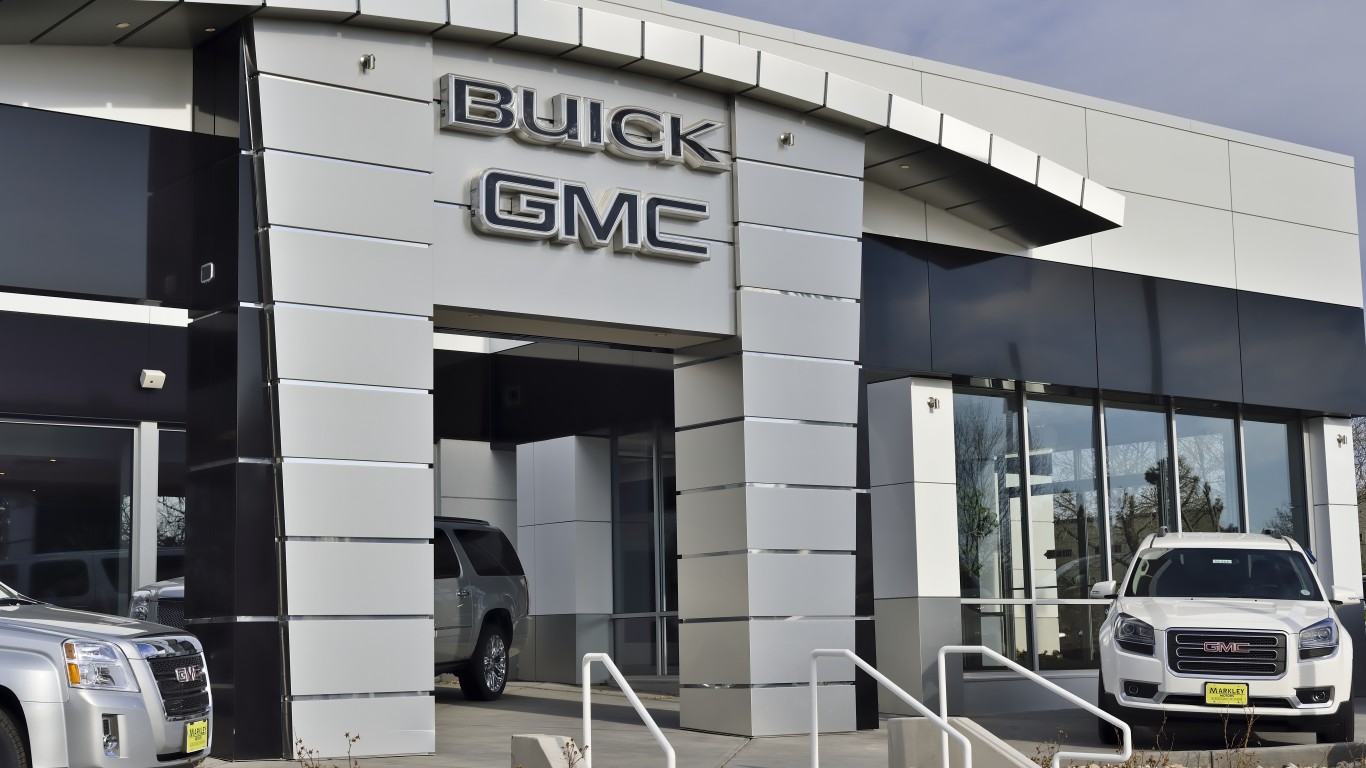 Where do rough roads cost Americans the most? San Francisco, according to a new study. If driving on the roads around New York City, where 24/7 Wall St. is headquartered, is any measure then San Francisco’s roads must be impassable. The New York/Newark area was seventh on the list.
Where do rough roads cost Americans the most? San Francisco, according to a new study. If driving on the roads around New York City, where 24/7 Wall St. is headquartered, is any measure then San Francisco’s roads must be impassable. The New York/Newark area was seventh on the list.
The broad problem is so great financially that the chances of reversing the disaster are astronomical
The rough road survey was created by TRIP, one of the national transportation research groups. The data was summarized in its “Bumpy Roads Ahead: America’s Roughest Rides and Strategies to Make our Roads Smoother”. The authors described the methodology:
Driving on deteriorated urban roads costs motorists as much as $1,044 annually, according to a new report that evaluates pavement conditions in the nation’s large (500,000+ population) and mid-sized urban areas (250,000-500,000 population) and calculates the additional costs passed on to motorists as a result of driving on rough roads. Driving on roads in disrepair increases consumer costs by accelerating vehicle deterioration and depreciation, and increasing needed maintenance, fuel consumption and tire wear.
The data are used to measure
….examines urban pavement conditions, transportation funding, travel trends and economic development. Pavement condition and vehicle operating costs for urban areas with populations of 250,000 or greater
That would put the cost described in the report at levels of annual gasoline expenses for many drivers.
READ MORE: Ten Most Oil Rich States
In San Francisco, 74% of the roads are in “poor” condition. This is followed by Los Angeles (73%), Concord, CA (62%), Detroit (56%), San Jose (52%), Cleveland (52%), and New York/Newark (51%)
At the better end of the scale were several cities with scores of 42%–New Orleans, Sacramento, Omaha, and Seattle.
The overall conclusions of the study are not new. In the ASCE’s Report Card for America’s Infrastructure, experts wrote:
Targeted efforts to improve conditions and significant reductions in highway fatalities resulted in a slight improvement in the roads grade to a D this year. However, forty-two percent of America’s major urban highways remain congested, costing the economy an estimated $101 billion in wasted time and fuel annually. While the conditions have improved in the near term, and federal, state, and local capital investments increased to $91 billion annually, that level of investment is insufficient and still projected to result in a decline in conditions and performance in the long term. Currently, the Federal Highway Administration estimates that $170 billion in capital investment would be needed on an annual basis to significantly improve conditions and performance.
At prices of that level, America’s roads won’t ever be entirely repaired
Take Charge of Your Retirement In Just A Few Minutes (Sponsor)
Retirement planning doesn’t have to feel overwhelming. The key is finding expert guidance—and SmartAsset’s made it easier than ever for you to connect with a vetted financial advisor.
Here’s how it works:
- Answer a Few Simple Questions. Tell us a bit about your goals and preferences—it only takes a few minutes!
- Get Matched with Vetted Advisors Our smart tool matches you with up to three pre-screened, vetted advisors who serve your area and are held to a fiduciary standard to act in your best interests. Click here to begin
- Choose Your Fit Review their profiles, schedule an introductory call (or meet in person), and select the advisor who feel is right for you.
Why wait? Start building the retirement you’ve always dreamed of. Click here to get started today!
Thank you for reading! Have some feedback for us?
Contact the 24/7 Wall St. editorial team.



